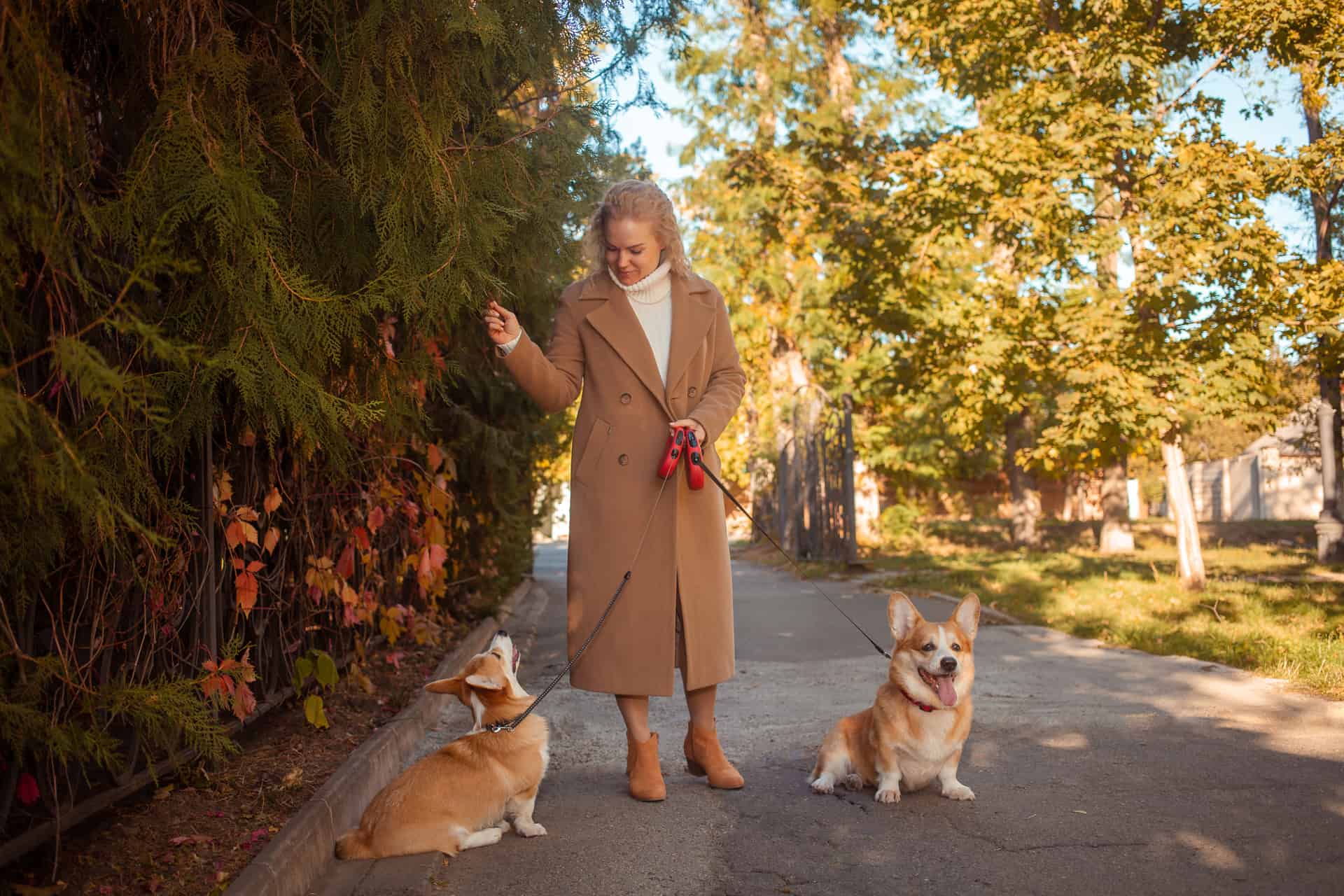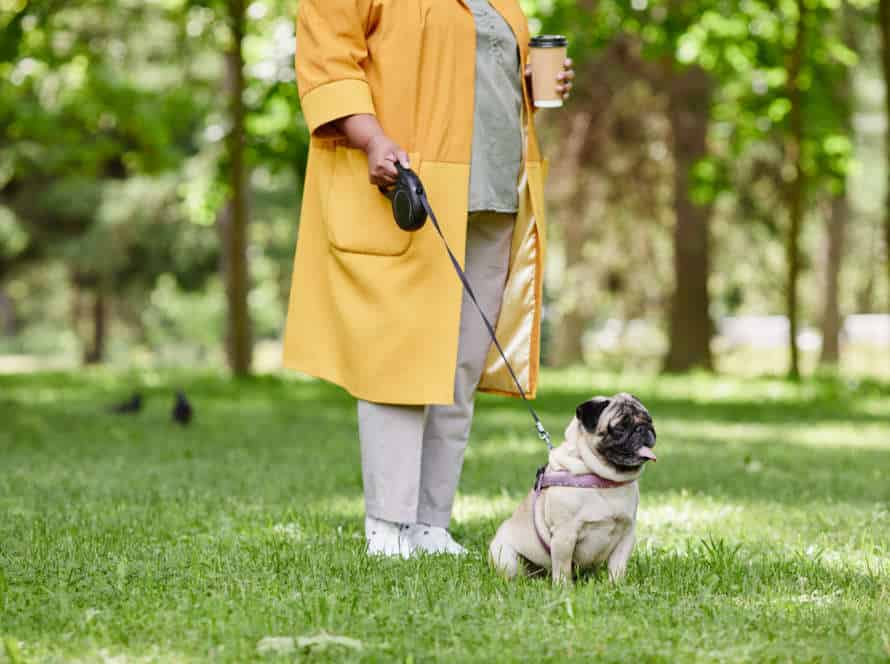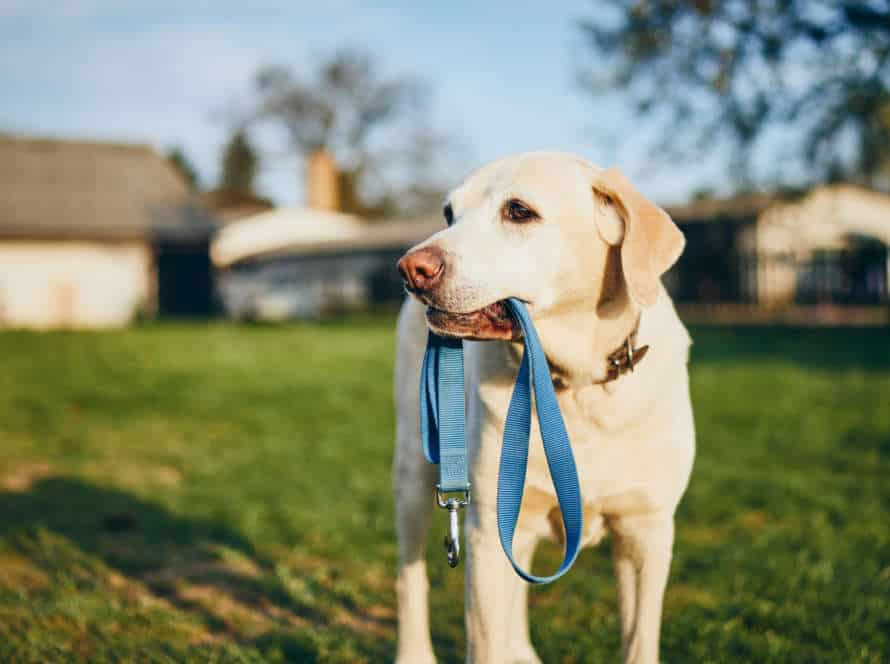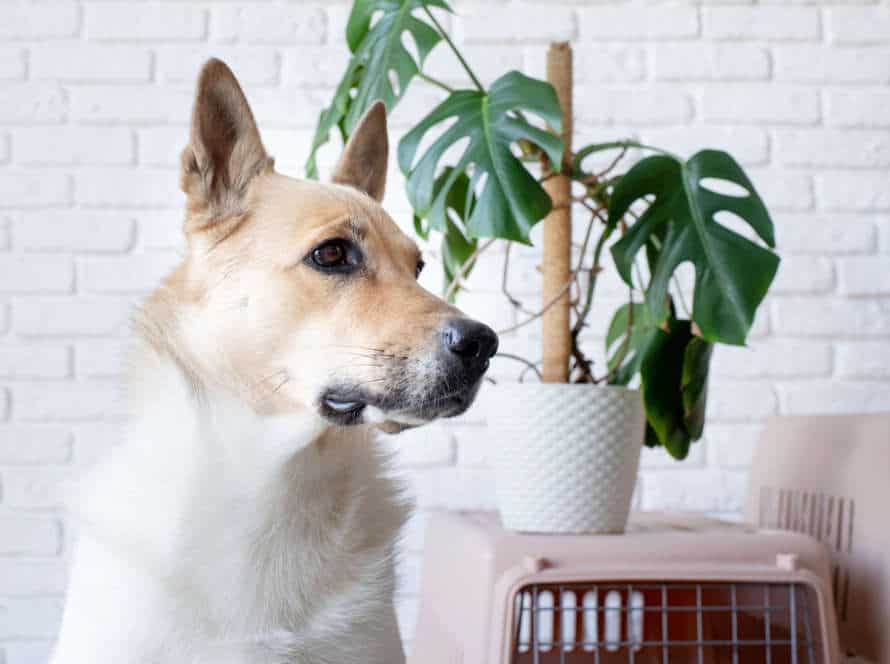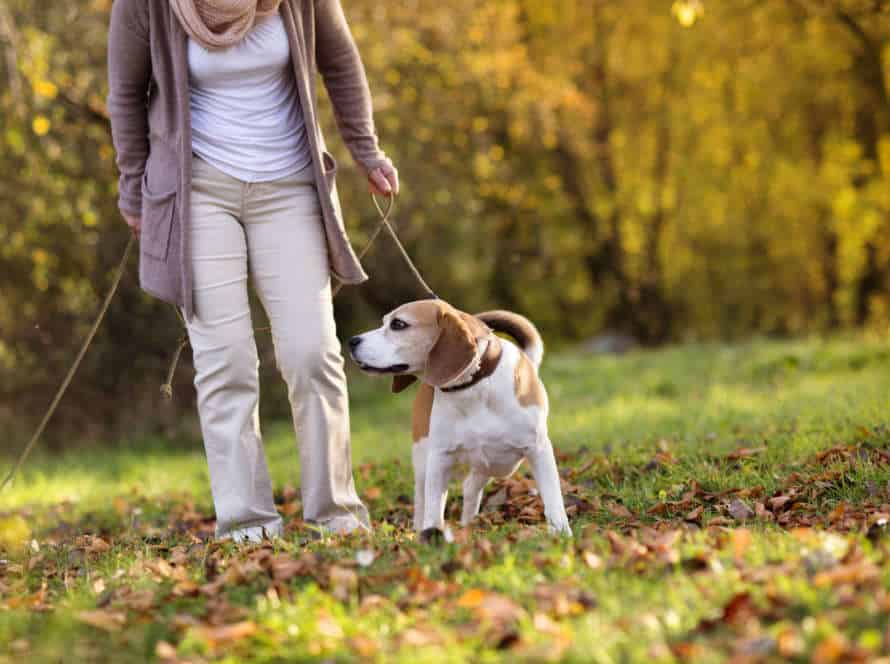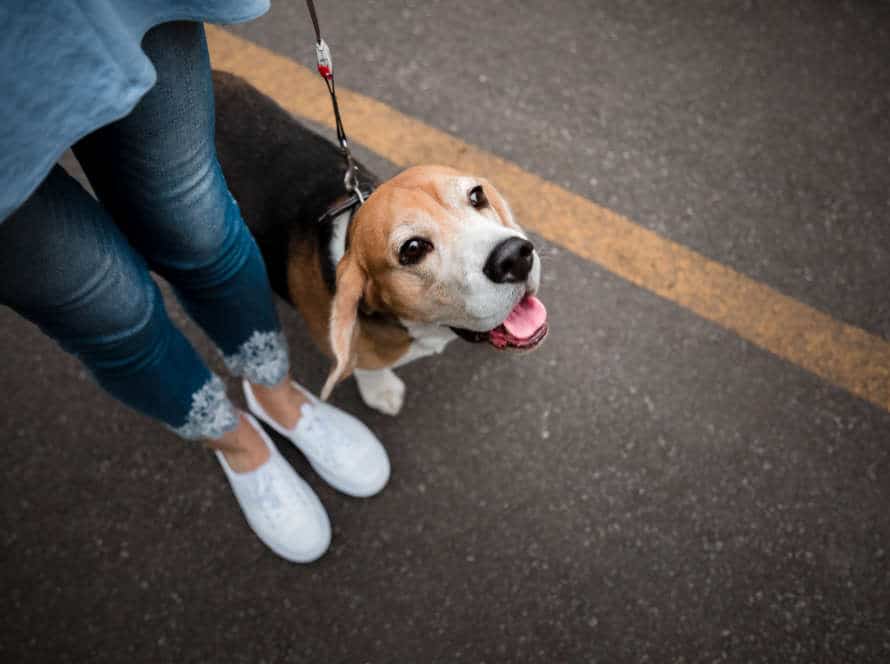Mastering the Sit Command: Troubleshooting Common Issues
Mastering the “Sit” command is key in dog training. But, pet owners often face issues when teaching it. Here are some tips to help you:
- If your dog won’t sit, try luring with treats, a toy, or hand signals.
- To help them hold the position, start with shorter sits and slowly increase the time. Add a command like “stay” to reinforce the behavior.
- If your pup gets distracted easily, train in a quiet place, have shorter sessions, and use treats to focus them.
- When your dog sits but won’t come back to you, use a release word like “OK”. Reward them with treats or praise.
Follow these tips and you’ll soon have a well-trained pup!
Issues with Teaching the Sit Command
Teaching your pet to sit can be basic… yet difficult. Understanding and obedience can be tough, especially if they suffer from anxiety or are stubborn. We’ll explore common issues that arise when teaching the sit command, and how to fix them.
Dog not understanding verbal command
Teaching a pup to obey verbal orders can be trickier than expected. Don’t worry if you’re having difficulty! Here are some common issues and how to tackle them:
- Distractions: If your pup doesn’t listen, maybe there are too many distractions in the environment. Try training them in a tranquil area or give them treats to focus.
- Inconsistency: They won’t understand if you don’t use the same command word and tone every time. Everyone in the house must be consistent.
- Timing: If you don’t praise/reward your pup right away, they won’t understand what they did right. Give rewards quickly after they sit.
Consistency and patience are essential for training. Do the sit command often, and don’t be scared to ask a certified dog trainer for help.
Dog is not motivated to sit
Trainin’ yer pup to sit can be tricky since they don’t always have the motivation. Remember, it ain’t their fault! Here’s some troubleshootin’ tips:
- Check yer tone and body language. Be upbeat and positive when givin’ the command. Stand tall and confident, not slouchin’ or lookin’ down.
- Use treats and toys as motivators. Positive reinforcement can create a positive connection with the command.
- Keep trainin’ sessions short. Dogs don’t have long attention spans, so train often with short sessions.
- Be consistent and patient. Trainin’ takes time, so repeat commands and stay patient.
Follow these tips and yer pup should eventually learn and execute the sit command with ease.
Dog is easily distracted
Training your pup to obey the “sit” command can be tricky, especially if they are easily distracted. Have no fear! With consistent practice and a few changes, you’ll master this must-know command.
Here’s some typical issues with teaching the “sit” command and how to fix them:
- Problem 1: Your pup keeps standing up before you give the release command.
Solution: Try using a hand signal, like raising your palm out, when you give the release command. This can help your pup understand that they need to wait for the command before standing up. - Problem 2: Your pup doesn’t sit when you give the command.
Solution: Use a treat to coax your pup into the sitting position while saying the command word. Reward your pup with the treat, and praise them when they sit. - Problem 3: Your pup sits but doesn’t stay in the position.
Solution: Gradually increase the duration of the “sit” command. Start by rewarding your pup for sitting for a few seconds, then gradually increase the time. Make sure to praise them for staying in the position.
With patience, consistency, and positive reinforcement, you can help your pup learn the “sit” command!
Techniques for Teaching the Sit Command
It’s essential for every owner to teach their pooch the sit command! It’s a great base for learning other behaviors and commands. Patience and consistency are key when mastering the sit command. Here’s some tips to get you started.
Positive Reinforcement Training
Positive reinforcement training is a gentle, fear-free way to teach dogs the Sit command. It’s enjoyable for both dogs and their owners. Here are a few techniques:
- Capture: Wait for your pup to offer the Sit position. Reward them with a treat and praise.
- Luring: Use a treat to lure your pup into the Sit position. Then reward and praise.
- Shaping: Break the Sit command down into steps. Reward them for placing their paws in the right position. Then sit down. And eventually hold the position.
Troubleshooting Common Issues:
- If your pup isn’t responding to the Sit command, break it down into smaller steps. And reward each step.
- Or use higher-value rewards like a favorite toy or treat.
- With patience and positivity, any dog can learn the Sit command.
Clicker Training
Clicker training is a positive reinforcement way to teach dogs new behaviors and commands. For example, ‘sit’. Here are some techniques for teaching your dog the ‘sit’ command using clicker training:
- Lure: Hold a treat to your dog’s nose. Move it up. Make their head follow the treat. Their butt will lower to the ground. Click the clicker. Give them the treat.
- Capture: Wait for your pup to sit. Then click the clicker. Reward them. Do this a few times.
- Shape: Click and reward your dog for any move towards sitting. Until they sit down completely.
Common issues you might face when teaching your dog to sit:
- Concentration: Train in a quiet, distraction-free place. Gradually increase the distraction level as your pup progresses.
- Fear or anxiety: Be slow. Use positive reinforcement. Help your pup link sitting with positive experiences.
- Motivation: Use high-value treats. Praise them to get them to do the behavior.
Patience and positive reinforcement are essential for successful clicker training. Tip: End training sessions on a happy note with your pup doing a behavior they learned.
Luring with Treats
Lure your pup with treats to teach the “sit” command! Do this:
- Hold a treat close to their nose.
- Move it up and back from their nose.
- Their head will follow, and their butt will lower to the ground.
- Say “Sit” as soon as their butt touches the ground and give them the treat.
- Repeat, saying “Sit” before moving the treat, until they sit without it.
Troubleshooting:
- If they don’t sit, push their butt down and say “Sit”.
- If they stand up right away, wait a few seconds before rewarding them. Increase the time they sit over time.
Common Misconceptions about Teaching the Sit Command
Dog owners can get pretty frustrated when teaching their pet the “sit” command. It’s not easy! But, there are some misconceptions. One of them is people believe their pup is too complicated to learn it. However, with patience and consistency, any pup can learn it. Here are some other misconceptions about teaching the “sit” command:
Using Physical Force to Teach the Sit Command
Applying pressure to your pup’s hindquarters to teach them the ‘sit’ command can cause harm to their physical and mental health. It can lead to injury, fear, and a lack of trust in the owner.
Misconceptions about training the ‘sit’ command are:
- Thinking that physical force is needed to be the boss
- Feeling the pup is being stubborn if they don’t obey straight away
- Not practising the command on a regular basis or using different cues each time
Problems when mastering the ‘sit’ command may be:
- The pup not sitting fast enough
- Standing up before or after being released
- Not sitting at all
These issues can be solved with luring, positive reinforcement and consistency. Training should always be a positive experience for both the pup and owner, so remember to be patient and consistent.
Repeating the Command too Often
Repeating ‘sit’ too often can cause confusion and frustration. Employ positive reinforcement to effectively train your pooch.
Misconceptions about teaching ‘sit’:
- Obey instantly: Dogs take time to learn new commands, so be patient and consistent.
- Physical force is needed: This is false and will break their trust. Use treats and praise as reinforcement.
- Repetition is all that matters: Repetition is key, but also give them time to process.
Pro Tip: If your pup is having trouble, try using a different tone or hand signals.
Punishing the Dog for not Following the Command
Punishing your pup for not following the “sit” command is counter-productive. Here are some misconceptions and tips to help you master the command:
Misconception 1: Don’t punish for not sitting. This could lead to anxiety and other issues.
Misconception 2: Repetition won’t make ’em sit faster. Your dog may ignore the command.
Troubleshooting tips:
- Positive reinforcement – treats, praise.
- Use hand signals & body language too.
- Practice in a quiet, low-stress enviro.
- Be patient, consistent & calm.
Pro tip: Reward good behavior – not just when they’re wrong. This will make learning enjoyable for both you and your pup.
Troubleshooting Common Issues with the Sit Command
Teaching your pooch the “sit” command can be awesome! But sometimes, even experienced trainers can have issues. This article looks at common challenges when teaching this command and how to fix them. So, keep reading to find out more!
Dog is Slow to Learn the Sit Command
Is yer pup be slow to catch the “sit” command? Here be some tips to help ya out:
- The command sounds too much like other words: Pups may mix up the “sit” command with similar sounding words. Try using a different command, like “park it“.
- The training environment is too confusing: If there be too much going on, yer pup won’t learn the command. Train in a quiet place and increase distractions gradually.
- The training sessions are too long: Pups can lose focus and get overwhelmed. Keep sessions short and frequent, and always end on a positive note.
- The reward system ain’t working: Yer pup won’t respond well if the reward isn’t valuable enough. Find the right reward, be it a treat or a toy.
By troubleshooting these common issues, ya can help yer pup learn the “sit” command and build a stronger bond.
Dog is Not Consistent with the Sit Command
Do you struggle to teach your pup the ‘sit’ command? If so, here are some helpful tips:
- Check their health – make sure they don’t have any medical issues like arthritis, hip dysplasia, or blindness that might be causing them pain.
- Be consistent – everyone in the family should use the same commands, tone of voice, and reward.
- Reward correct behavior – offer treats, verbal praise, and lots of cuddles when they obey.
- Consult a professional – if the above doesn’t work, a professional trainer can help identify and fix any issues.
- Remember – have patience, be consistent, and give lots of rewards – soon you’ll master the ‘sit’ command!
Dog is Not Responding to Verbal or Visual Commands
The “sit” command is one of the most basic ones for dogs. But some doggies may not respond to words or signals. To fix this, here are some common issues and how to deal with them.
- Lack of motivation? Use treats, toys or rewards to get them interested.
- Distractions? Move to a quieter spot first, then increase the training in busier places.
- Communication: Use the right body language and simple commands.
- Medical/mobility issues? See a vet if you notice your pup struggling.
These tips should help with the “sit” command!
Advanced Tips for Mastering the Sit Command
Train your pup to ‘sit‘ quickly. It’s essential for obedience. Some pups learn fast, others not so much. For these, you need better methods. Here are tips to help your dog master the command. Use them and you’ll have success!
Training the Sit Command at a Distance
Training your pup to obey the ‘sit’ command from a distance can be tricky. Check out these advanced tips to ace it!
- Be consistent. Repeat the command regularly.
- Use high-value treats like meat and cheese.
- Practice increasing the distance gradually.
- Incorporate nonverbal cues like hand gestures with verbal commands.
- Troubleshoot if your dog fails. Adjust rewards or call in professional help.
- Patience and delicious treats will help you master the ‘sit’ command every time!
Training the Sit Command for Longer Durations
Teach your pup to sit with ease! Here are some expert tips to make it happen:
- Start small – just 1-2 seconds at first.
- Hand signals are great to minimise verbal commands.
- Consistency is key – use the same language, date and location.
- Reward good behaviour – creates a positive association.
Troubleshooting:
- Refusal to sit? Could be medical or anxiety-related – speak to a vet or trainer.
- Taking too long? Be patient and use hand signals.
Pro-tip: Use positive reinforcement, consistency and interactive rewards to keep them motivated.
Training the Sit Command with Distractions
Training your pooch to sit on command needs dedication and patience. These tips can help you better their obedience when distractions are present:
- Step-up distractions gradually, starting from least to most distracting.
- Utilize positive reinforcement; reward them with treats or praise when they obey the command with distractions.
- Practice consistency; always use the same hand signal and verbal cue.
Troubleshooting? Make sure to address the actual issue. Is your cue consistent and clear? Is the distraction level too high for their current skill? Did you reinforce undesirable behavior unknowingly? Pinpointing the source of the problem helps you change up your training and help your dog master the sit command.
Frequently Asked Questions
1. Why won’t my dog sit when I give the command?
A: There could be a few reasons for this. Your dog may not fully understand what the command means, or they may not have been properly trained to respond to it. It’s important to start with basic training exercises and reinforce the sit command consistently over time.
2. My dog sits sometimes, but not all the time. What am I doing wrong?
A: Inconsistent training can lead to inconsistent results. Make sure that you are training your dog regularly and that you are providing clear and consistent cues for the sit command. Additionally, reward your dog for following through with the command, which will help reinforce the desired behavior.
3. My dog won’t sit when there are distractions around. What do I do?
A: It’s important to gradually increase distractions during the training process. Once your dog is able to follow the sit command consistently, start introducing mild distractions, such as noise or other people. As your dog becomes more comfortable, gradually increase the level of distraction and continue to reinforce the sit command.
4. My dog sits, but then gets up immediately. How can I fix this?
A: If your dog is not staying in the sitting position, you may need to work on duration training. Gradually increase the amount of time your dog is expected to sit before receiving a reward. Additionally, reinforce the sitting position frequently and reward your dog for staying in the position.
5. My dog already knows how to sit, but won’t do it on command. What do I do?
A: It’s possible that your dog has learned to associate the sit command with a specific context, such as training sessions. To help your dog generalize the command, try giving the sit command in different environments and contexts. Additionally, make sure that you are providing the appropriate cues to help your dog understand what you are asking them to do.
6. My dog seems scared or hesitant to sit. What should I do?
A: It’s important to take a gentle and patient approach to training. If your dog seems hesitant or scared, try to identify the source of their discomfort and work to alleviate it. Additionally, try breaking the training exercises into smaller steps and rewarding your dog frequently for positive behavior.

